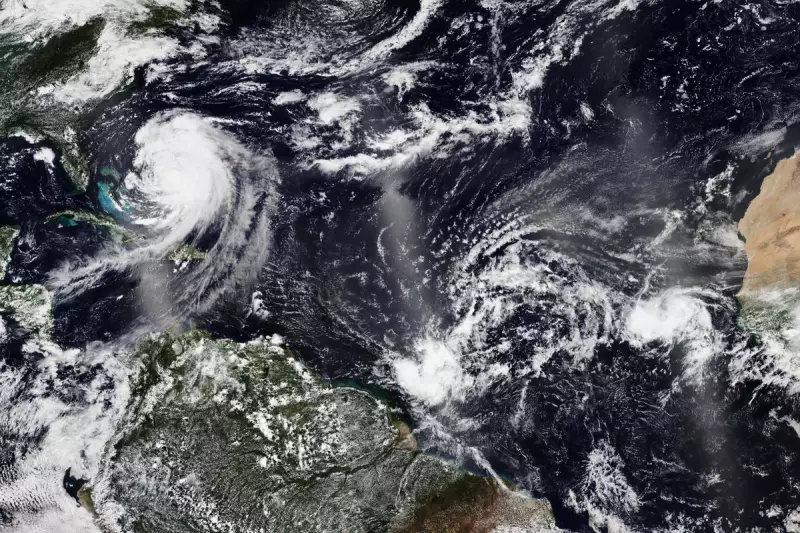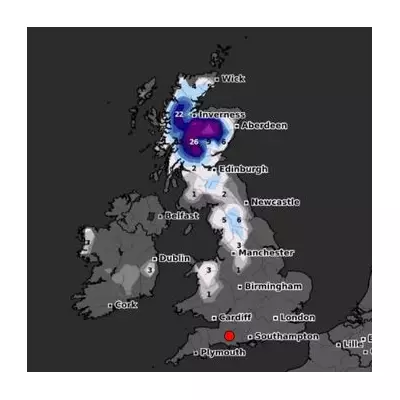
Hurricane Erin has roared ashore on the North Carolina coastline, officially making landfall near the fragile barrier islands of the Outer Banks early Wednesday. The Category 1 hurricane is now unleashing its full fury, pummelling the region with destructive winds and catastrophic flooding.
Immediate Impact and Widespread Danger
The National Hurricane Center (NHC) confirmed the storm's arrival, reporting sustained winds of 90 mph (150 km/h) at the point of impact. The immediate dangers are multifold and severe:
- Life-threatening storm surge: A powerful surge of ocean water is inundating coastal communities, sweeping inland and threatening to cause unprecedented damage to properties and infrastructure.
- Torrential rainfall: Erin is forecast to dump between 8 to 12 inches of rain across eastern North Carolina, triggering significant flash flooding in low-lying and poor-drainage areas.
- Destructive winds: Hurricane-force winds are tearing through the region, downing power lines, uprooting trees, and causing structural damage. Widespread power outages are already being reported across multiple counties.
Evacuations and Emergency Response
In anticipation of the hurricane's wrath, mandatory evacuation orders were issued for vulnerable coastal communities and residents on the Outer Banks. Emergency shelters have been opened further inland to accommodate those fleeing the storm's path.
First responders and rescue teams are on high alert, but officials have warned that conditions may become too perilous for emergency services to operate, urging residents who chose to stay to hunker down and not venture outside.
The Path Ahead: Tracking Hurricane Erin's Movement
After landfall, the NHC forecasts that Hurricane Erin will continue to push north-northeastward along the Carolina coast throughout Wednesday. While the system is expected to weaken into a tropical storm as it moves over cooler waters and encounters wind shear, it will continue to pose a serious threat.
The impact will be felt far from the eye of the storm. Heavy rain and tropical-storm-force winds are already spreading into southeastern Virginia, prompting storm warnings and watches to be expanded into the Mid-Atlantic states.
Residents across the region are advised to stay tuned to local weather authorities, avoid all travel, and heed the instructions of local officials as this severe weather event continues to unfold.





